Glass Ionomer Chemical Formula
In single chains SiO32n the silicon to oxygen ratio is 13 while in double chains Si4O116n the silicon to oxygen ratio is 411. The aim of this work was to preparation and.

Pdf Current Aspects And Prospects Of Glass Ionomer Cements For Clinical Dentistry
This is the formulation in Roths Sealer Roth International.
Glass ionomer chemical formula. Disclosed is a dental glass-ionomer cement composition which includes polycarboxylic acid water and a glass powder including a metal component that is able to form an ionic bond with a carboxyl group of polycarboxylic acid in the presence of water and having a polymer material that is applied on at least a portion of the surface of the glass powder. Disclosed is a dental glass-ionomer cement composition which includes polycarboxylic acid water and a glass powder including a metal component that is able to form an ionic bond with a carboxyl group of polycarboxylic acid in the presence of water and having a polymer material that is applied on at least a portion of the surface of the glass powder. 3 x 15 g powder.
As expected the powder is white because it is made of small translucent glass particles. The dental glass-ionomer. Glass Ionomer Restorative GC Fuji II LC PL 900018 Intro Package 3-2 Pack.
A2 B3 B3 2 x 68 ml liquid 000195 A1 15 g powder 000196 A2 15 g powder 000197 A3 15 g powder 000198 A35 15 g powder 000199 A4 15 g powder 000200 B2 15 g powder 000201 B3 15 g powder 000202 B4 15 g powder 000203 C2 15 g powder 000204 C4 15 g powder. HA present as a major component of mineral in. 33 Bulk Cement Bulk Enamel Intermediate Layer Ca and PO4 Intermediate Zone.
Why are silicate minerals so important. As expected the pow der is white because it is made of small translucent glass particles. Procosol Procosol Inc Philadelphia PA is a modification of Rickerts formula in which the silver particles have been removed zinc oxide hydrogenated resin bismuth subcarbonate and barium sulfate.
03072017 Glass Ionomer Cement 1. Chemistry of glass ionomer cements GIC are classified according to their chemical formula-tion into two categories. The glass formu lation also contains fluoride.
01012015 Silica is used as the basis for the formation of many complex ceramic formulations particularly in combination with aluminium oxide with which it forms alumino-silicate glasses as used in glassionomer cements. Some glasses such as volcanic glass are naturally occurringThe most familiar and historically the oldest types of manufactured glass. The formula of silicate sheet is Si2O52n.
HA is represented by the chemical formula of Ca 10 PO 4 6 OH 2 differ with other apatite compounds by containing hydroxyl end-member of the apatite group 45. Enhancement of glass ionomer cement GIC. Silicon oxide th e chemical formula of glass is very unreactive.
Silicon oxide the chemical formula of glass is very unreactive. What is the chemical formula of silicate. These have differing chemical formula- tions and this may affect their ability to release fluoride ions.
2 GLASS IONOMER CEMENT 3. However if oxides of sodium calcium and potassium are added in sufficient quantity the glass will react with a strong acid. Grossman 116 modified the formulation and introduced a nonstaining formula in 1958 Box 10-2.
The dental glass-ionomer. 18022021 Incorporation of Hydroxyapatite into Glass Ionomer Cement GIC Formulated Based on Alumino-Silicate-Fluoride Glass Ceramics from Waste Materials. Improvement of biological and mechanical properties of these materials has been taken into consideration.
IONIC DISPLACEMENT THEORY Chemical formula of Hydroxyapatite COO HAP Ca and PO4 are displaced from enamel form a Ca and PO4 rich intermediate layer between enamel and GIC. Hydroxyapatite HA is an inorganic compound with a constitution equivalent to natural bone mineral and is well known as an apatite group a group of mineral phosphate. 01011996 Recently resin-modified glass ionomer cements have been produced.
The glass formulation also contains fluoride. Gu YW Yap AU Cheang P Khor KA 2005 Effects of incorporation of HA ZrO2 into glass ionomer cement GIC. Ahmad Shiekh Rahman IA Masudi SM Luddin N 2014 Modification of glass ionomer cement by incorporating hydroxyapatite-silica nano-.
However if oxides of sodium calcium and pot assium are added in sufficient quantity the glass wi ll react with a strong acid. Bull Mater Sci 372. Conventional or traditional and resin-modified1 Conventional glass ionomer cements undergo a chemical self-setting acid-base reaction created by mixing an ion-leachable fluoride ion fluoroalumino-.
The study evaluates both the fluoride release and compressive strength of one conventional and four resin-modified glass ionomer cements with respect to time. Glass is a non-crystalline often transparent amorphous solid that has widespread practical technological and decorative use in for example window panes tableware and opticsGlass is most often formed by rapid cooling of the molten form. A dental glass ionomer cement composition comprising a filler in which a compound s having a carboxyl group s isare bound to a surface of an inorganic powder via a silicon atom the dental glass ionomer cement composition not comprising a methacrylate monomer.
Glass Ionomer Cements GICs are one of the most important dental restorative materials. 18022021 formula of Ca10PO46OH2 differ with other apatite compounds by containing hydroxyl end-member of the apatite group 45.
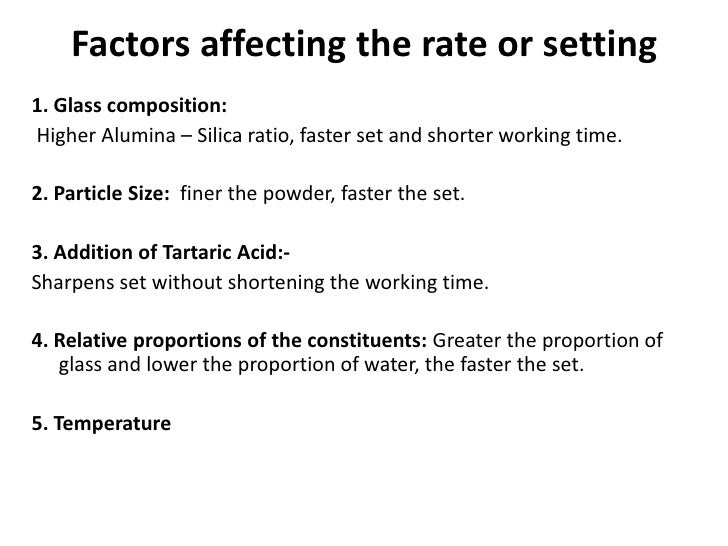
Glass Ionomer Cement Gic Science Of Dental Materials

New Polymeric Materials For Use In Glass Ionomer Cements Sciencedirect

A Pqas Containing Glass Ionomer Cement For Improved Antibacterial Function

Interfacial Ion Exchange Layer Formed Between Tooth Surface Above And Download Scientific Diagram
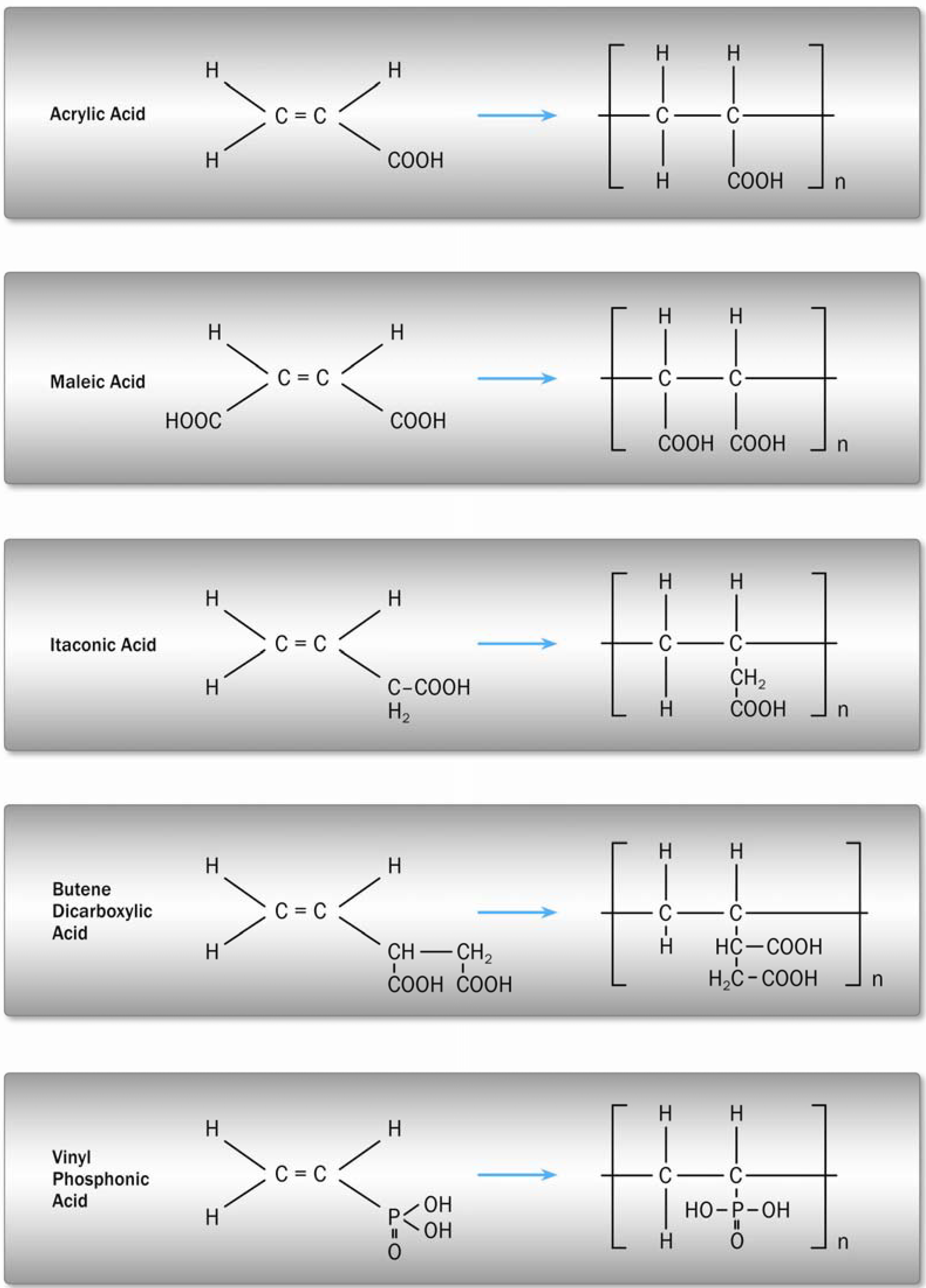
Materials Free Full Text Dental Glass Ionomer Cements As Permanent Filling Materials Properties Limitations And Future Trends Html

Influence Of Hydroxyapatite Nanoparticles On The Properties Of Glass Ionomer Cement Sciencedirect
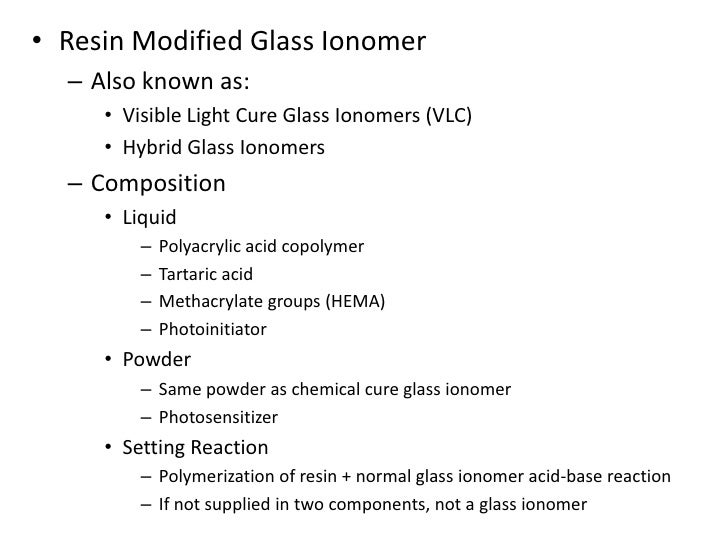
Glass Ionomer Cement Gic Science Of Dental Materials
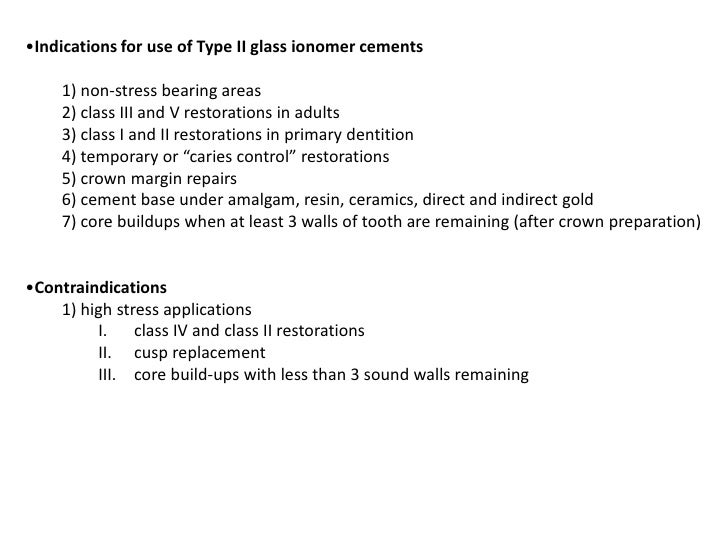
Glass Ionomer Cement Gic Science Of Dental Materials
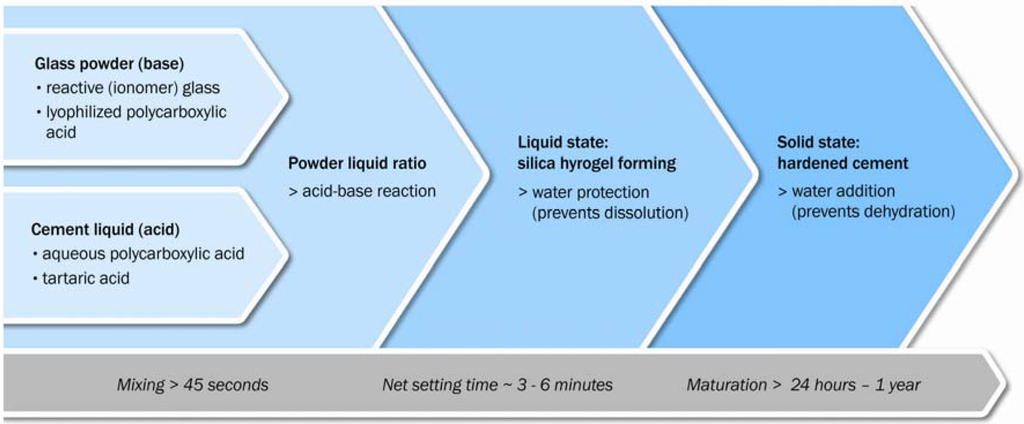
Materials Free Full Text Dental Glass Ionomer Cements As Permanent Filling Materials Properties Limitations And Future Trends Html
Post a Comment for "Glass Ionomer Chemical Formula"